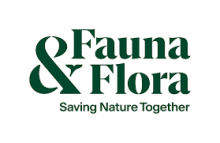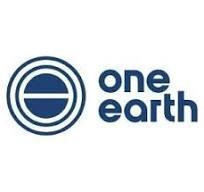Impactful, ethical software for the wildlife conservation, arts and heritage sectors
A web development agency specialising in interactive maps, community websites, data visualisation dashboards, complex data parsing, report & export building and technical consultancy.
Focused on the sectors we love
Although we originally built apps and websites for any organisation who came to us, we soon focused first on non-profits and then a subset of non profits in the sectors that we love: wildlife conservation, the arts and heritage. We only work in those sectors and take on no extra work behind the scenes. This has made us specialists that understand how these sectors, their people, and their projects work. We often feel more at home at an arts or conservation event than we do at a technology one.
Conservation
We have built websites, platforms and portals for organisations including BirdLife International, ZSL, WCS, Fauna & Flora, The Conservation Leadership Programme, WILDLABS.NET, IUCN, Trillion Trees, The Chagos Conservation Trust, The International Pole and Line Foundation, NUS Sustainability, The Angel Shark Project, the North Western Waters Advisory Council, TerrAdapt and OneEarth among others.
Arts
In the arts sector we have worked on several huge arts data projects for The Audience Agency, built CRMs for organisations including Artsadmin and built interactive maps, apps and ticketing systems for the organisations such as the Crouch End Open Studios and real world adventure games company HiddenCity (including their recent official partnership with the 007 James Bond brand).
Heritage
In the heritage sector we have worked with organisations including Find My Past, The RAF Museum, The US Airforce Museum, ZSL London Zoo (historical maps and games) and Newham Council's heritage centre and archive team.


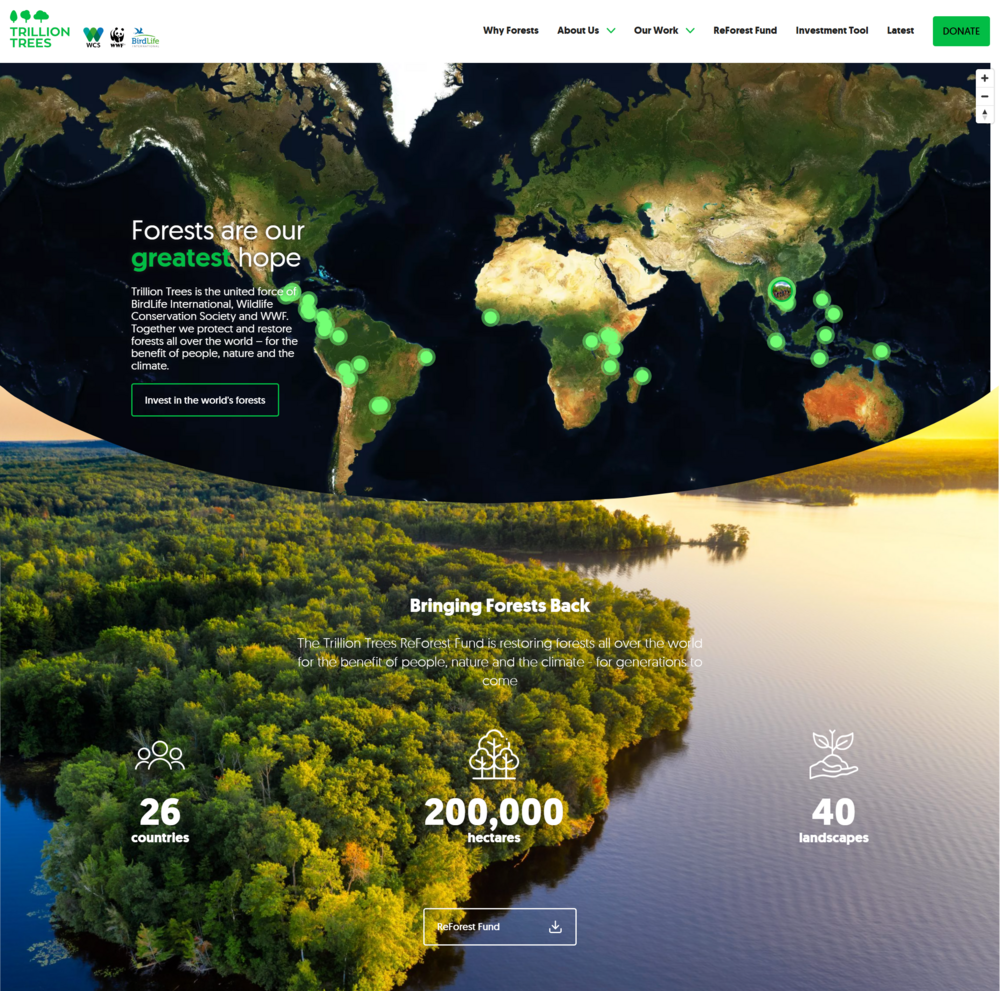


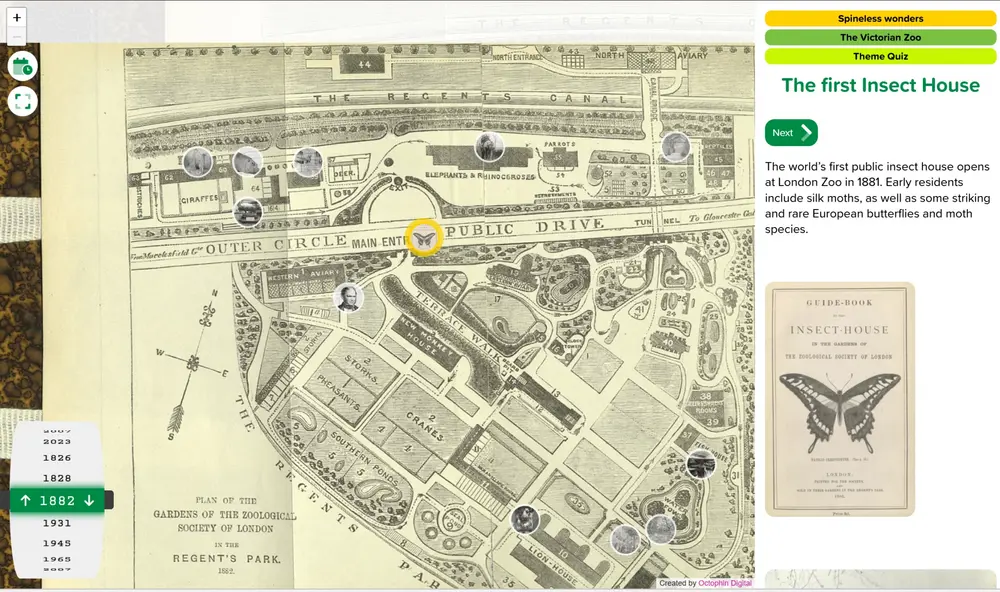



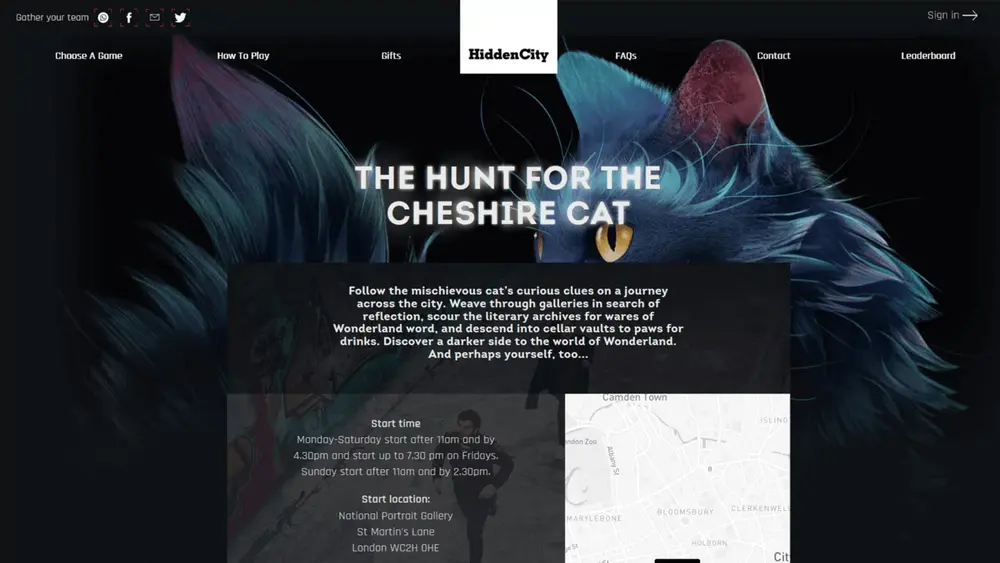
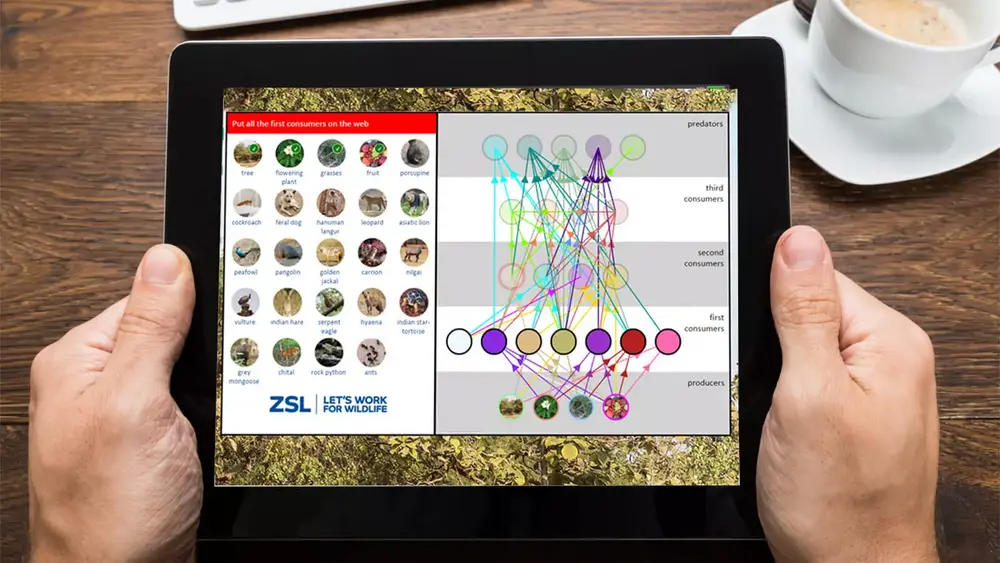
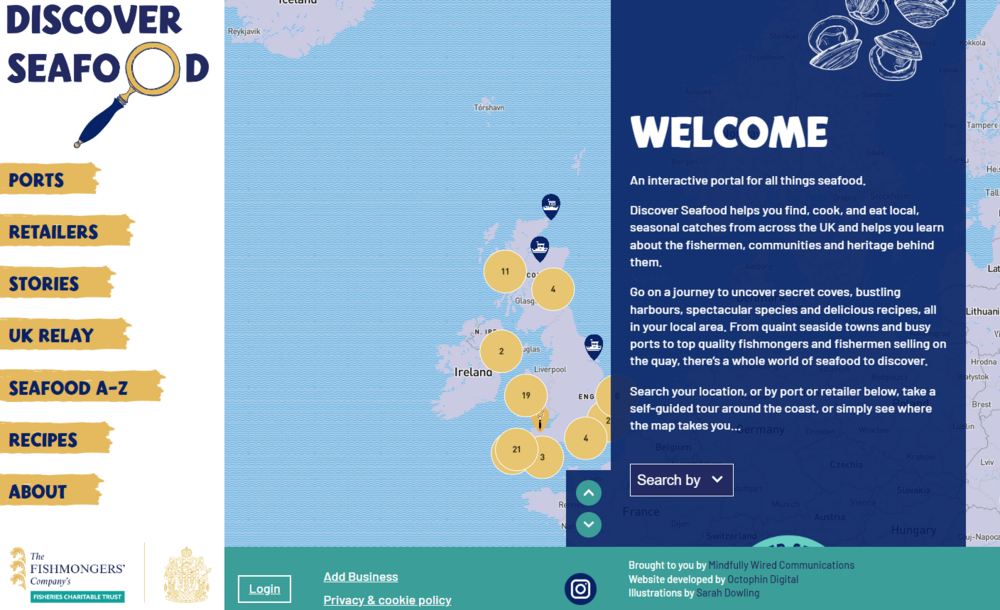
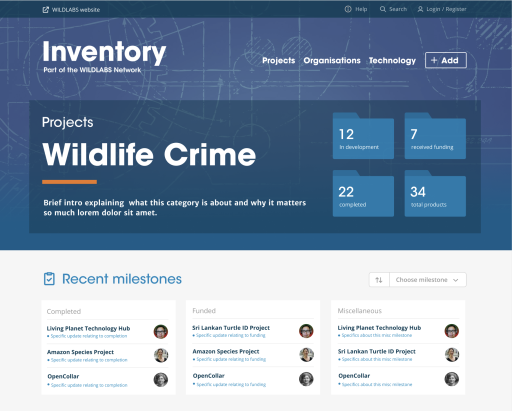
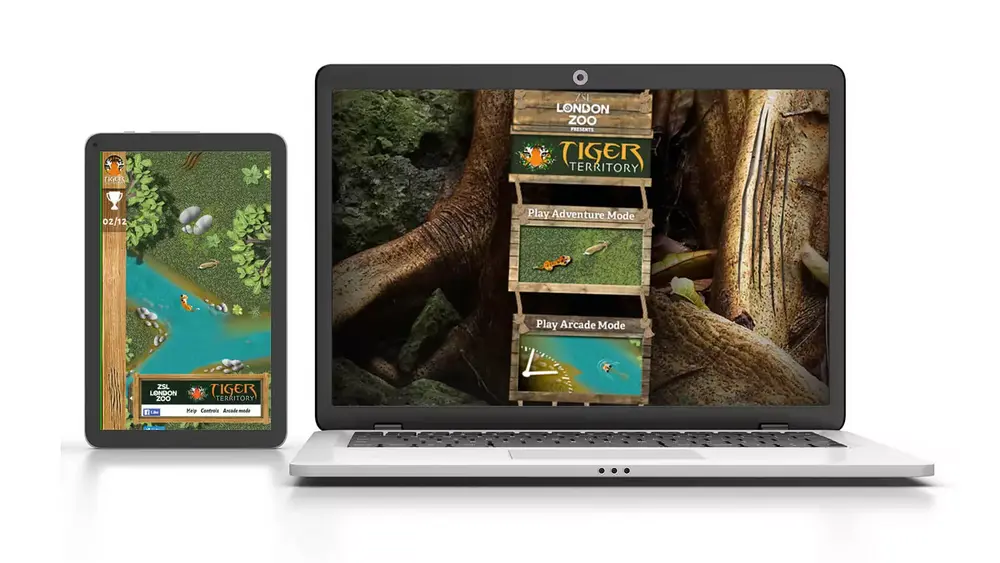
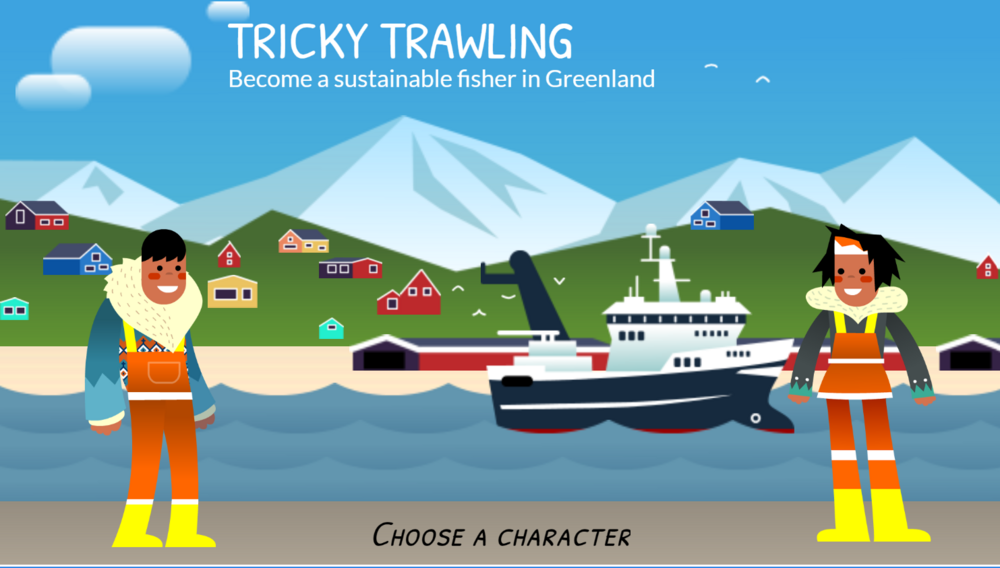
Ethics first
From our mentoring, diversity sponsorship and work experience, to our focus on the conservation, arts and heritage sectors, we take the "tech for good" label seriously. Even if it means persuading a client that technology might not be the best solution to the real-world problems they are trying to solve.
We value people and take great care to look after our staff and everyone we work with. Take a look at our ethics page to read more about our values and work.
Quote Title
ZSL
The Octophin team was brilliant to work with. They were full of creative ideas that enhanced the project, while listening and incorporating our wishes and creating our vision. It was also helpful having a team who were knowledgeable and enthusiastic about conservation and the work we were doing. They were always quick and efficient, and very responsive throughout the project. The final website turned out better than we had hoped!

Person Name
Hannah McCormick
Person Citation
Project manager
Long term client relationships and trust
We regularly work with amazing global organisations but also take time for small organisations who may not have the budget but are doing something to make the world a better place.
We take great pride and care in all the work that we do and the building of long term client relationships. Almost all of our work since we started has come to us through word of mouth rather than bid applications. Want to work with us and join this list?





